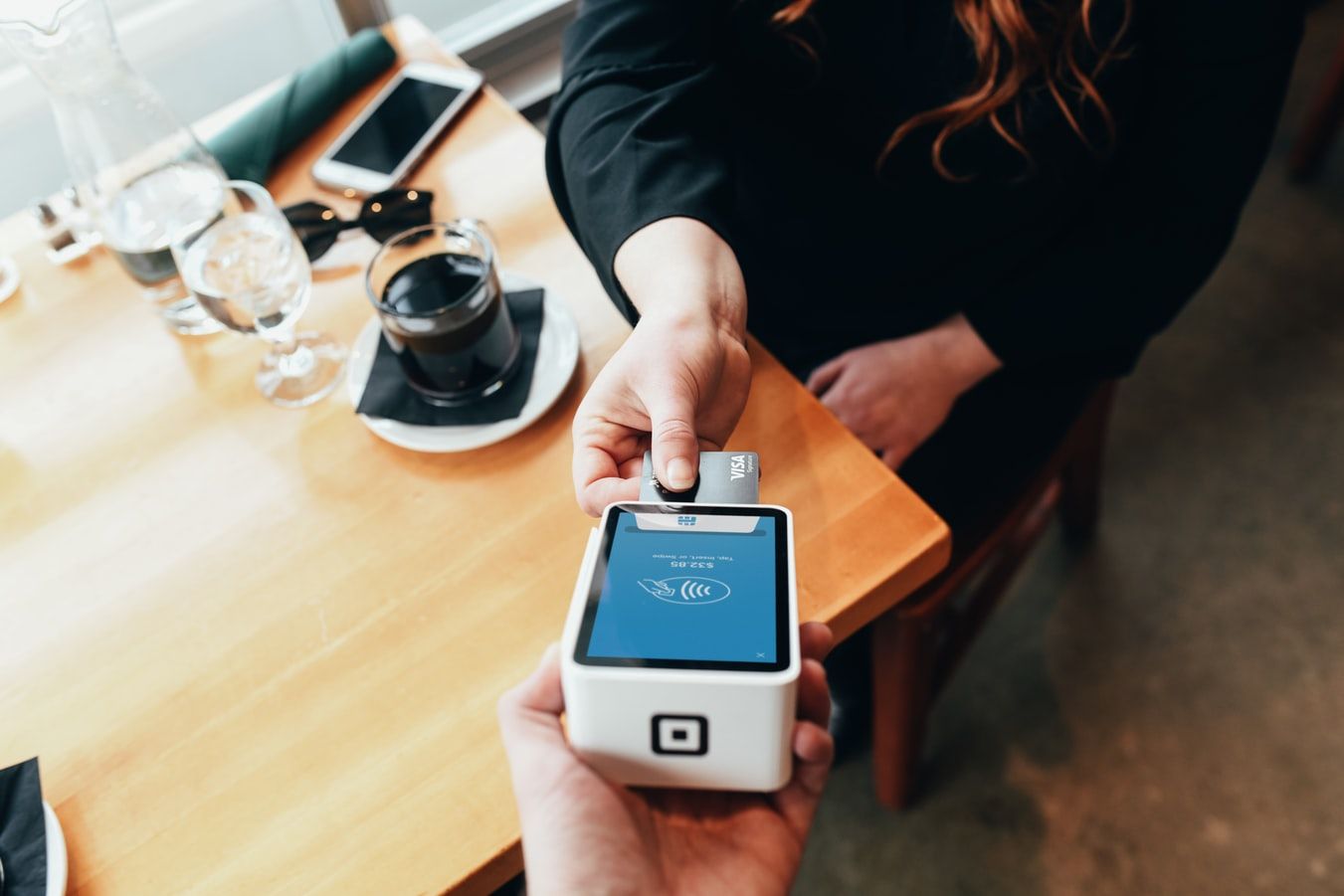Types of Payment Methods and Their Advantages and Disadvantages
The advancement of technology has endowed the world with virtually limitless benefits. Today, you can work with people living halfway across the world without a hitch and consult with a healthcare professional without even needing to leave the comfort of your house. One of many such resources that have resulted from the advancement of technology is payment options. The payment options the world has access to today has translated into previously unimaginable convenience.
We have come to a point where it is quite confusing to keep track of the variety of payment options available in the market. Besides your run-of-the-mill cash and in-person payment options, we can pay for practically anything using the internet as well. Also, this boom in the assortment of payment options, as practical and user-oriented as they might be, demands a careful evaluation of the fundamentals that drive them as well as their advantages and disadvantages.
Listed below are some of the leading forms of payment along with what you need to know about them.
1. Cash: Let's get the most archaic one out of the way first, shall we? It is typically deemed the most affordable form of payment because you know precisely the amount have to give. That may not always be the case with other types of cash, and you won't know the actual cost until after you have made the payment.
However, the catch with cash is that accessing it comes with a cost -- typically for withdrawal. So, be sure to check out the charges levied for cash withdrawal.
2. Credit card: As common as this form of payment may be, one often forgets the extremely high costs associated with using a credit card for making payments. Sure, they are among the safest and most secure forms of cash out there, but at what cost? The interest banks charge a significant interest rate, usually somewhere between 12 percent to as much as 18 percent. Then there's also that annual fees, which you have to pay for merely having a credit card.
3. Mobile banking: Using the banking services offered by your bank online or via a mobile device is undoubtedly among the handiest and practical ways to do so. Why? Because users gain the ability to access your bank account for a variety of purposes, including checking your bank balance, paying your bills, and transferring funds via the bank's money transfer app and all of this from not even having to get up from the couch. All you need is a desktop or a smartphone, and with a few simple taps, you can access virtually the entire gamut of your bank's services.
What's the disadvantage? The fees for using those services. Though they are usually rather nominal, most banks charge customers a fee for bill payments, transferring money, and more. So, make sure you firmly understand all the details.
So, there you have it -- a list of the most popular forms of payments as well as their benefits and drawbacks. So, remember, no matter the type of mortgage you opt for, it never hurts to be completely aware of all the details.

We have come to a point where it is quite confusing to keep track of the variety of payment options available in the market. Besides your run-of-the-mill cash and in-person payment options, we can pay for practically anything using the internet as well. Also, this boom in the assortment of payment options, as practical and user-oriented as they might be, demands a careful evaluation of the fundamentals that drive them as well as their advantages and disadvantages.
Listed below are some of the leading forms of payment along with what you need to know about them.
1. Cash: Let's get the most archaic one out of the way first, shall we? It is typically deemed the most affordable form of payment because you know precisely the amount have to give. That may not always be the case with other types of cash, and you won't know the actual cost until after you have made the payment.
However, the catch with cash is that accessing it comes with a cost -- typically for withdrawal. So, be sure to check out the charges levied for cash withdrawal.
2. Credit card: As common as this form of payment may be, one often forgets the extremely high costs associated with using a credit card for making payments. Sure, they are among the safest and most secure forms of cash out there, but at what cost? The interest banks charge a significant interest rate, usually somewhere between 12 percent to as much as 18 percent. Then there's also that annual fees, which you have to pay for merely having a credit card.
3. Mobile banking: Using the banking services offered by your bank online or via a mobile device is undoubtedly among the handiest and practical ways to do so. Why? Because users gain the ability to access your bank account for a variety of purposes, including checking your bank balance, paying your bills, and transferring funds via the bank's money transfer app and all of this from not even having to get up from the couch. All you need is a desktop or a smartphone, and with a few simple taps, you can access virtually the entire gamut of your bank's services.
What's the disadvantage? The fees for using those services. Though they are usually rather nominal, most banks charge customers a fee for bill payments, transferring money, and more. So, make sure you firmly understand all the details.
So, there you have it -- a list of the most popular forms of payments as well as their benefits and drawbacks. So, remember, no matter the type of mortgage you opt for, it never hurts to be completely aware of all the details.

